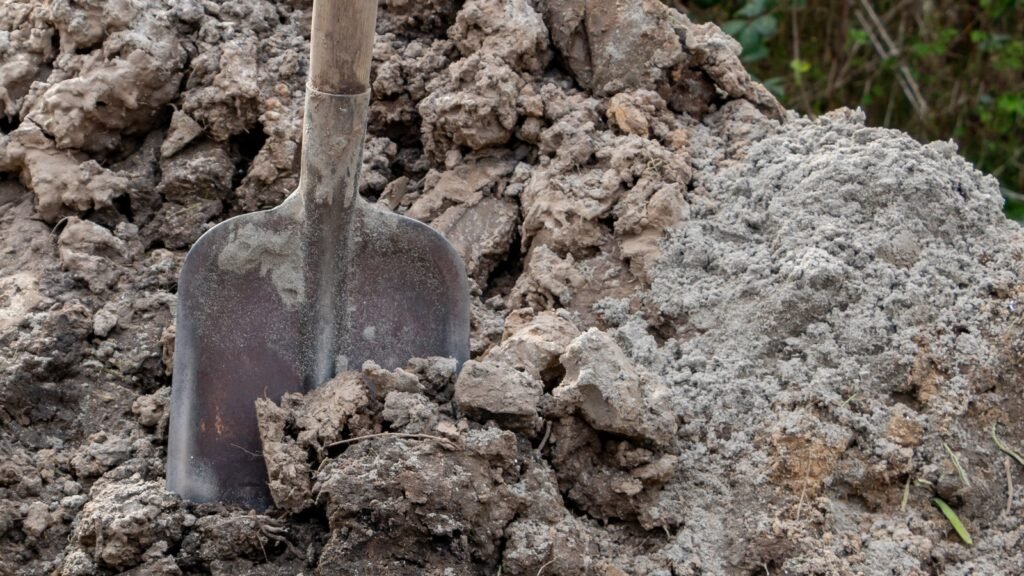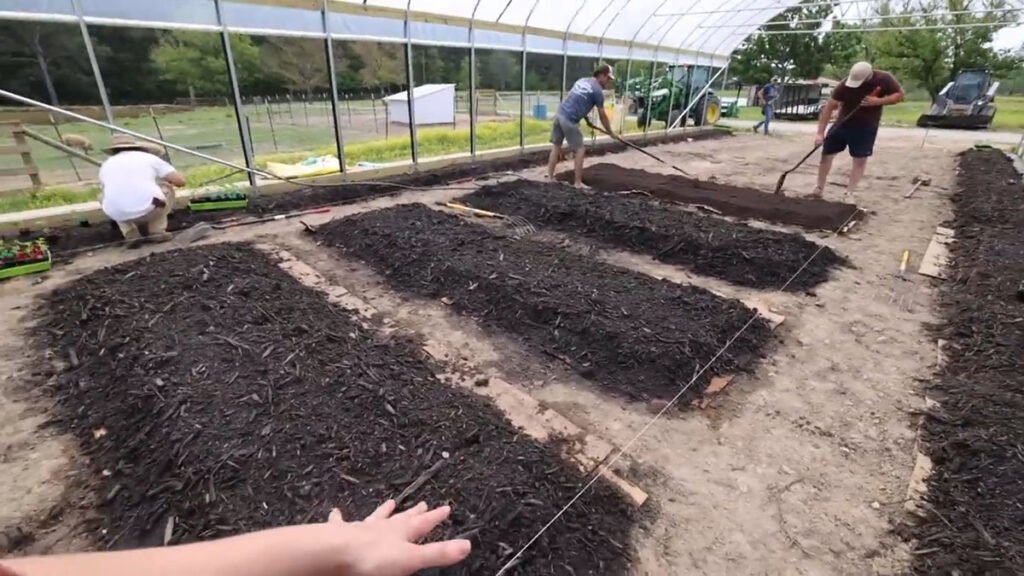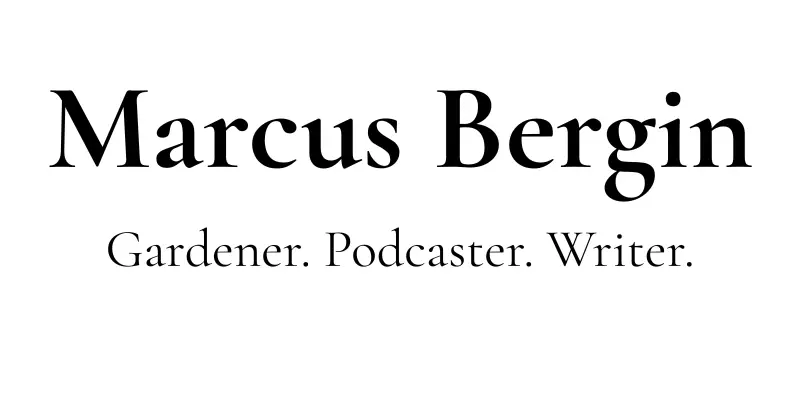
Improving Clay Soil: What Actually Works?
Gardening on clay is a bit like living with a moody but brilliant neighbour. It can be obstinate, heavy-going, and unforgiving in wet or dry weather. But when treated right, it rewards you with some of the richest, most fertile soil you could ask for.
Here in Bishops Cleeve and across the Vale of Evesham, clay is the underlying constant. Whether I’m planting herbaceous borders in Cheltenham or turning over beds in Dumbleton, I’m often working with the same sticky, mineral-rich soil type. And I get asked the same question over and over again:
“How do I improve it?”
So, let’s dig in—metaphorically, of course—and explore what really works for clay soil, what doesn’t, and how to take a patient, organic approach to long-term improvement.
Clay Soil: Friend or Foe?
If you’ve ever hit a spade against clay in midsummer and felt the jolt through your wrists, you’ll know how back-breaking it can be. Winter isn’t much better—it turns to sludge, sticks to your boots, and resists every effort to drain. But beneath all that frustration is potential.
Clay is naturally fertile. It holds nutrients well. It retains moisture better than sandy soils. And once you unlock its structure, it can grow incredible plants—from lush borders to productive veg patches.
The challenge is getting it to a workable state—and that’s where the right techniques matter.

Mulching: The Gentle Game-Changer
Of all the ways to improve clay soil, mulching tops my list.
Not only is it low effort, but it’s also beautifully aligned with how nature works. You simply lay organic matter on the surface—compost, leaf mould, well-rotted manure, bark, or a blend—and leave it to the worms, beetles, and rain to do the rest.
Over time, the soil structure begins to open up. You’ll notice better drainage, fewer weeds, and that wonderful crumbly texture gardeners dream of. But there’s a catch: you have to stick with it.
My tip:
Mulch annually—every autumn or early spring—and resist the temptation to dig it in. Let gravity, biology, and time work their quiet magic.
Compost: The More the Merrier (Mostly)
Adding compost is another cornerstone of clay improvement, but not all composts are equal.
Homemade compost is garden gold—nutrient-rich, full of life, and perfect for mulching.
Peat-free bagged composts, especially the cheaper kinds, can be hit-and-miss. Some dry out quickly or clump together like shavings, sitting on the soil surface doing very little.
What works best?
If your compost feels ‘raw’ or overly woody, blend it with leaf mould or manure to soften its edges. And again—lay it on the surface, don’t dig it in. Over time, it will integrate beautifully.

No-Dig Gardening: Not Just a Trend
The no-dig method—popularised by veg growers—has a surprising secret: it’s brilliant for clay soils.
Instead of turning or breaking up the soil, you build up layers: cardboard or newspaper at the base, followed by compost or mulch. Then plant directly into it.
No-dig protects structure, encourages fungi and worms, and avoids the worst side effects of digging (compaction, poor drainage, and hardpan formation).
In my experience:
A no-dig approach is particularly helpful in new beds, neglected plots, or anywhere compaction has taken hold. It’s not instant, but it works—and it gets better each year.
What Doesn't Help (Even If It's Tempting)
There’s a lot of advice out there, but some of it can do more harm than good—especially with clay.
❌ Digging when wet
You’re essentially turning your lovely garden into a pottery studio. Wet clay compacts into solid, airless clumps, destroying the very structure you’re trying to improve.
❌ Adding sand
It sounds logical—“add grit to improve drainage”—but pure sand mixed into clay creates brick. If you do use sand, it needs to be sharp sand and part of a well-balanced mix with compost.
❌ Rotavating or using heavy machinery
While it might feel efficient, machines compact the subsoil and churn layers in ways nature never intended. Once that structure’s lost, it can take years to rebuild.
❌ Gypsum
Often touted as a clay buster, gypsum has limited use in UK gardens. Our rainfall and soil chemistry just don’t support its long-term benefit, especially on smaller garden plots.
The Long View: Building Soil for the Future
Here’s the truth that most impatient gardeners don’t want to hear: there’s no quick fix for clay.
But with consistency—mulch, compost, plant, repeat—you’ll gradually see transformation. Plants will thrive, water will soak in rather than run off, and the soil will begin to feel like a living, breathing foundation rather than a block of resistance.
I often think of it like baking a sourdough loaf. It takes time, care, and regular feeding—but the end result is rich, nourishing, and worth the wait.
Final Thoughts
Clay soil can be frustrating. But it’s also generous. Treat it well, and it will repay you in spades—sometimes literally. Whether you’re restoring a wild patch or building a more formal border, the principles remain the same: work with nature, layer by layer.
So next time your spade hits something solid, take a breath, grab the mulch, and remember—it’s all part of the process.
Do You Garden on Clay?
What’s worked for you—or what hasn’t? I’d love to hear your stories. And if you’ve had success with a particular mulch or compost, feel free to share it.
If you’d like more tips like this direct to your inbox, sign up to the newsletter or explore the blog for seasonal advice and design inspiration.
Happy Gardening
Marcus
